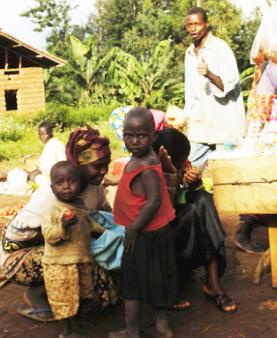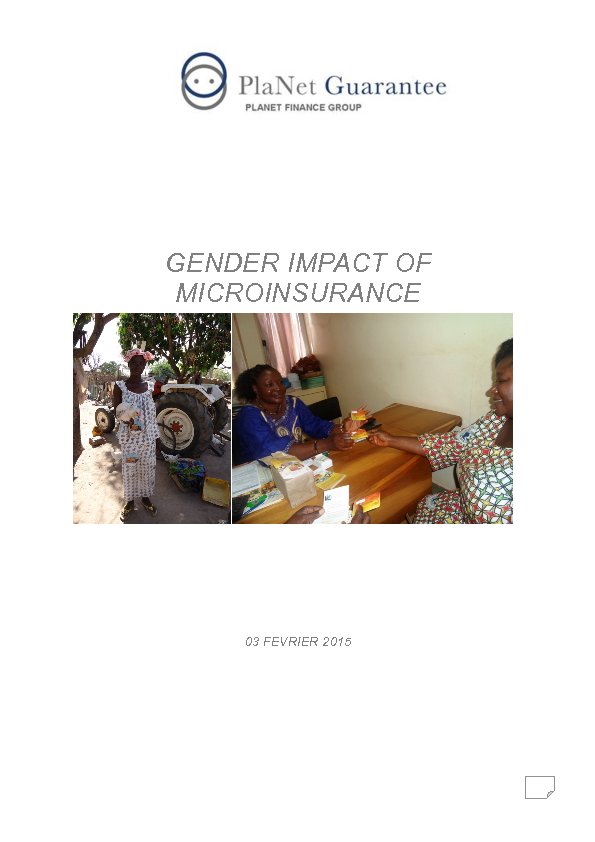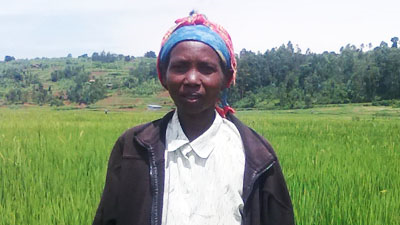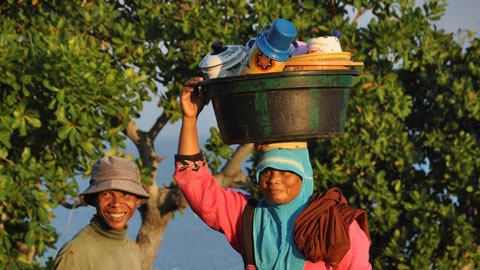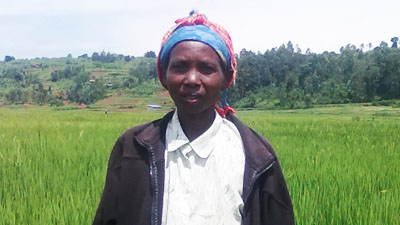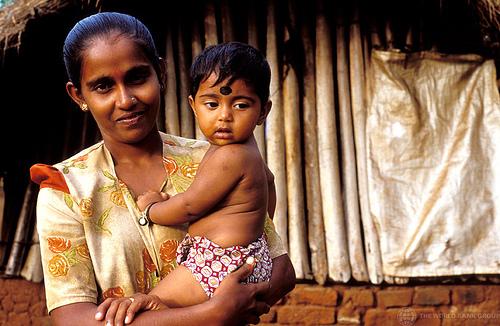10
Feb
Weather variability is a key limiting constraint to investments and the modernization of agriculture in Senegal. The drought-prone Sahel is characterized by irregular rainfall and relatively poor soils. Created in 2008 as a public-private partnership, the National Agricultural Insurance Company of Senegal (CNAAS) is in charge of underwriting crop and livestock insurance. At the request of the Minister of Finance of Senegal, a feasibility study was completed in 2009 by the World Bank to assess the potential of index insurance. This study recommended the development of weather-based index

